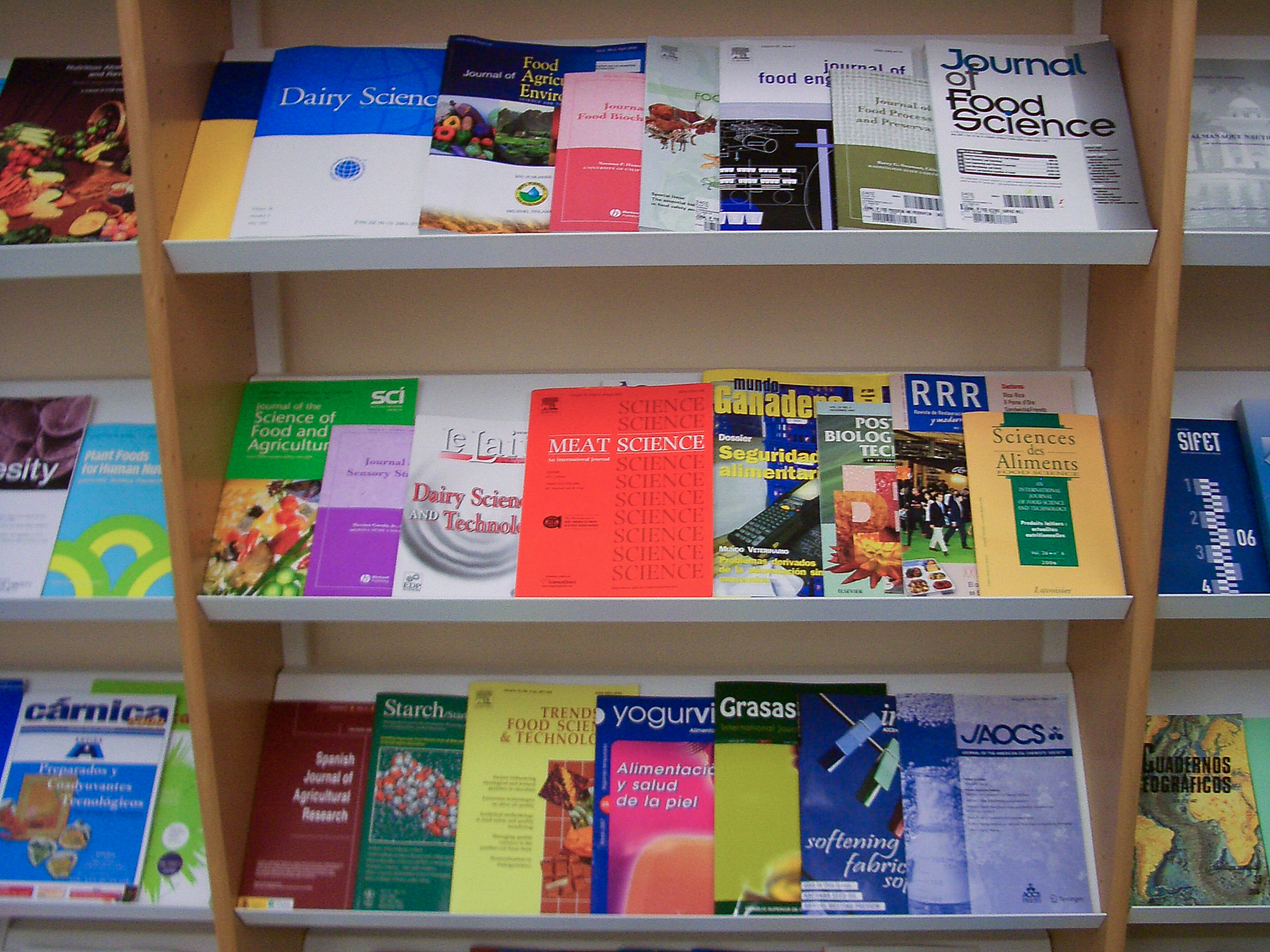 Today the DMCB caught up on some reading of the medical literature.
Today the DMCB caught up on some reading of the medical literature. The first article is an example of how researchers' risk thresholds don't match patient perceptions.
The second article is an example of media innumeracy.
The third article is likely to be ignored by everyone.
1. Should Cardiac Telemetry Not Be Used for Patients with Only a Three Percent Chance of a Problem?
Suppose, asks the Disease Management Care Blog, your elder family member mysteriously passed out and was seriously injured? You would wonder if a cardiac problem could be the cause. While the likelihood of that is typically low, even the small chance of something being "wrong with the heart" is enough to make patients and their families worry.
But suppose the chance of a heart problem was only.... 10%? Or 5%? Or 1%?
Once a decision is made to admit a patient with loss of consciousness to a hospital, doctors typically arrange for "cardiac telemetry." That broadcasts the electrocardiogram on an ongoing basis to a monitoring unit. Unfortunately, however, the demand for a hospital telemetry "slots" is high and the monitoring requires additional personnel.
As a result, clinical guidelines like these have been developed. They define high risk patients who warrant telemetry and low risk patients who don't. For example, patients who have had a recent heart attack are vulnerable to unstable heart rhythms, while patients with stable atrial fibrillation can probably be safely managed off telemetry. Patients who have passed out and are stable on telemetry after 3 days are considered low risk.
Enter Evan Benjamin and colleagues who applied the guidelines to a retrospective audit of how telemetry was used for 501 consecutive patients at four Massachusetts medical centers. Since patients could transition from high to low risk as the days passed, the unit of measure was "patient-days" (if two patients were each on telemetry for 4 days, that yielded eight "patient-days").
38% of the total 1559 patient-days were low risk. Among the high risk patients, a heart problem was detected in 21 out of 100 patient-days. In the low risk patients, a problem was detected in 3 out of 100 patient days.
The authors argue that these data show that better enforcement of guidelines that restrict access to telemetry would result in more cost-effective care. The DMCB isn't so sure, because it intuitively thinks most patients and doctors would consider a 3% (3 out of 100 patient-days) a low enough threshold to warrant monitoring.
Good luck, says the DMCB, enforcing that.
2. Just How Bad is the Link Between Red Meat and Diabetes?
"Yikes!" said the DMCB after listening to this NPR broadcast and reading this WSJ article. It appears that increasing red meat consumption increased the risk of diabetes among previously healthy people "by 50%!" While its first impulse was to throw away those frozen strip steaks, the DMCB took a deep breath and did something the reporters neglected to do: read the article. It turns out that the approximate risks went from approximately 0.2% to 0.3%. More than 99% of the carnivores did fine. Once again, the reporters failed to discern that while the relative risk was high, while the absolute risk was vanishingly low.
3. A Reminder that the Annual Check Up is a Waste of Time and Money
After reviewing 16 studies involving over 180,000 participants, the authors in this JAMA study concluded:
.... general health checks were not associated with lower rates of mortality or morbidity. However, general health check may increase the number of diagnoses and the use of medications.
The irony is that The White House and CMS profess to being evidence-based while remaining simultaneously committed to "wellness checks."
Image from Wikipedia
No comments:
Post a Comment